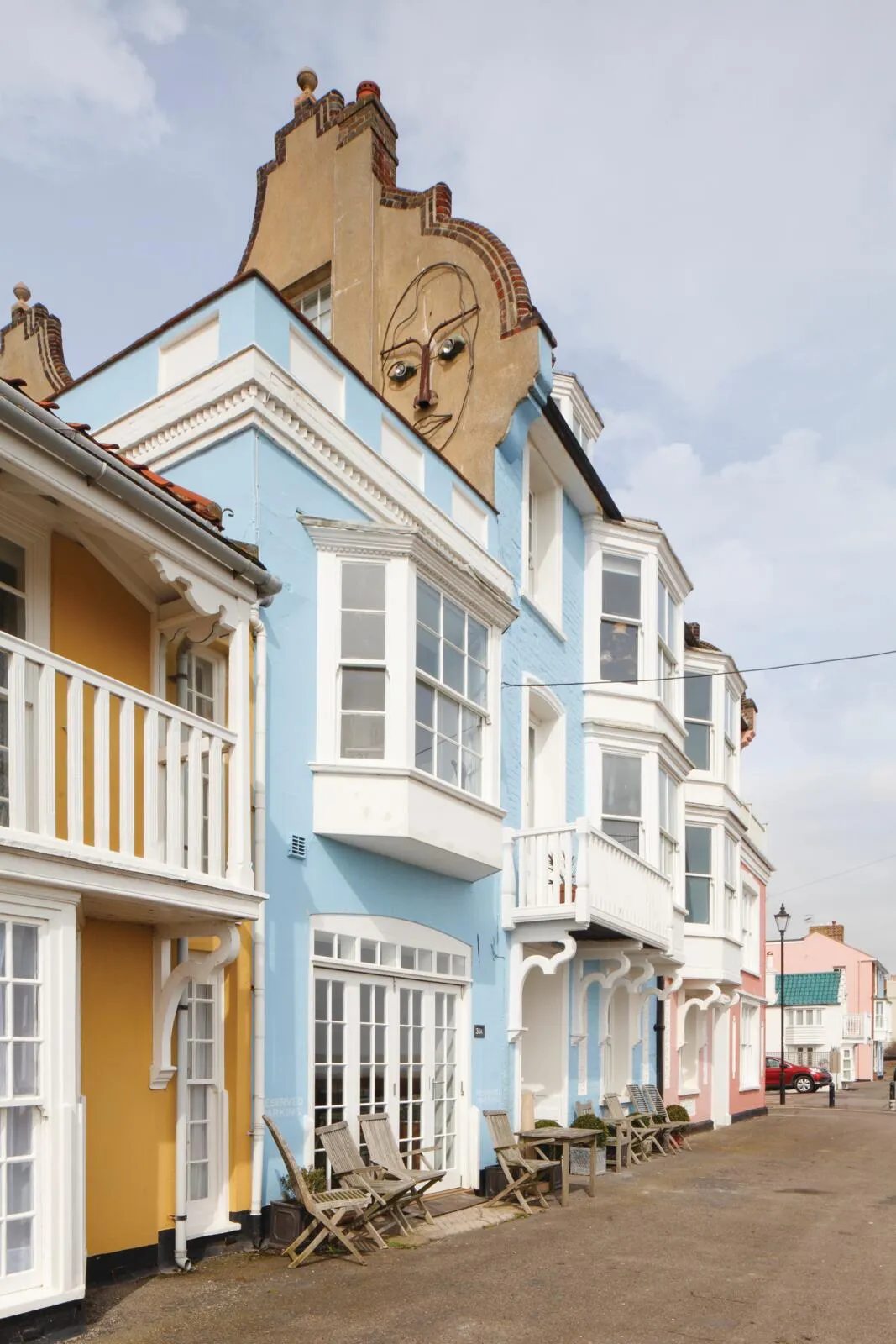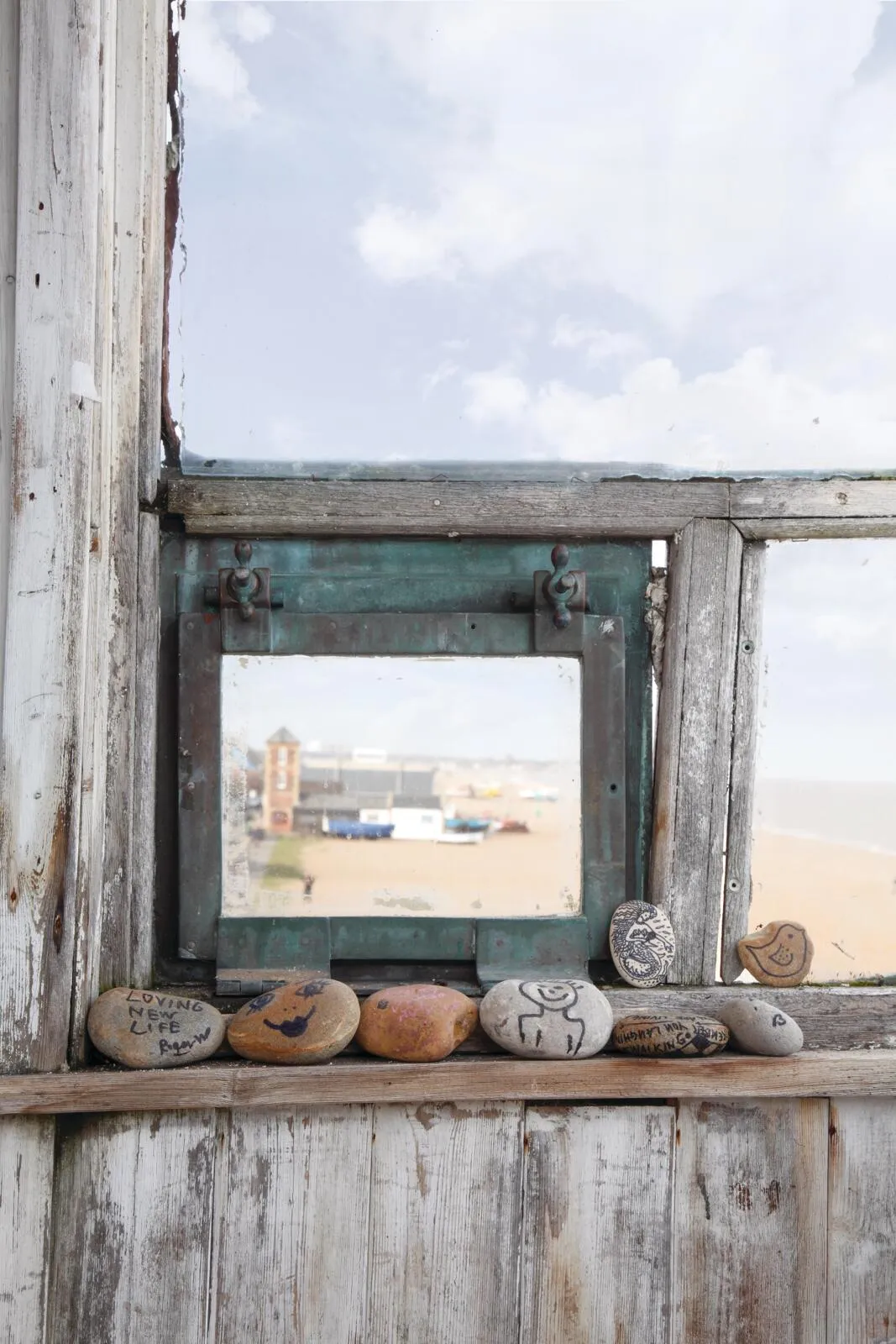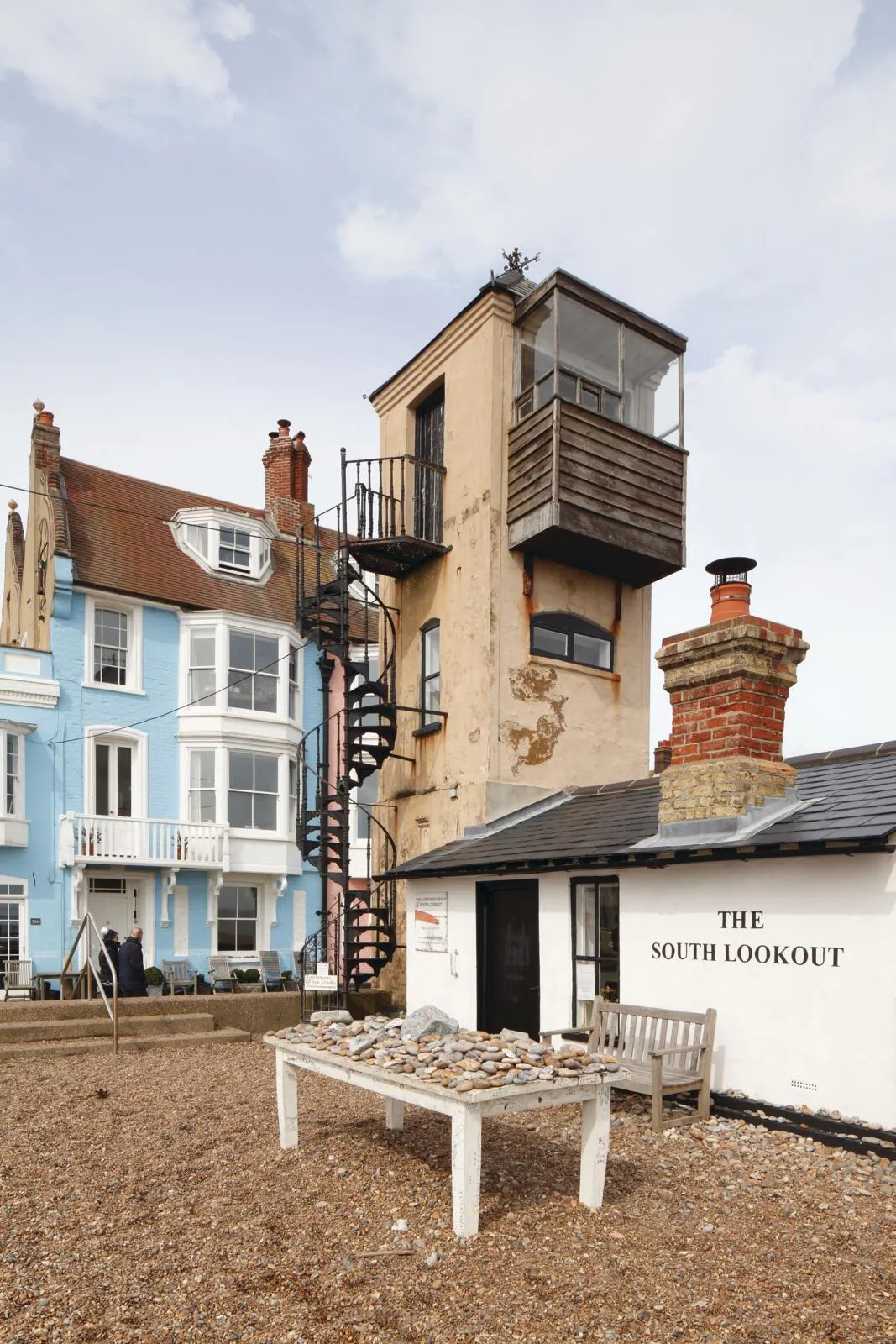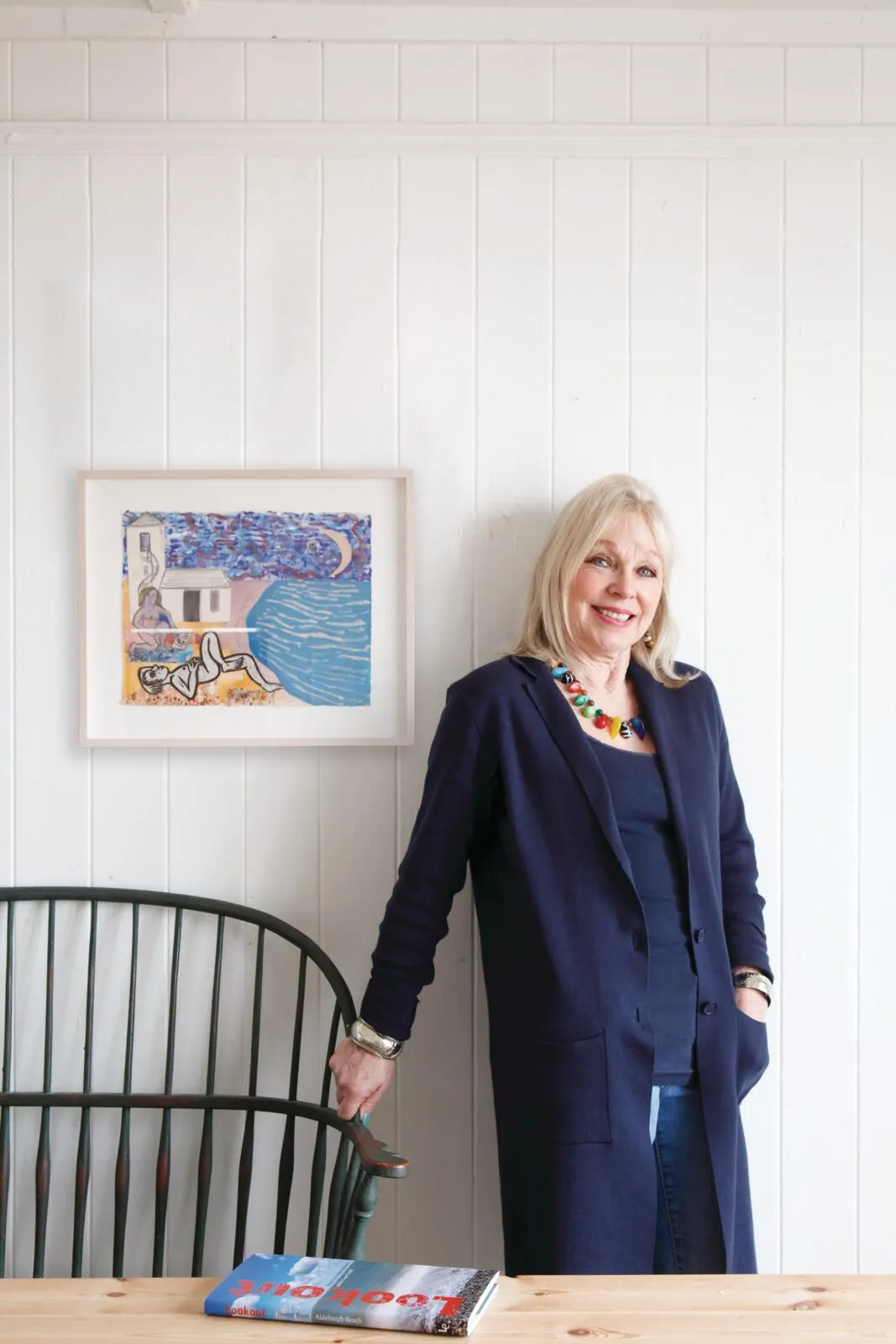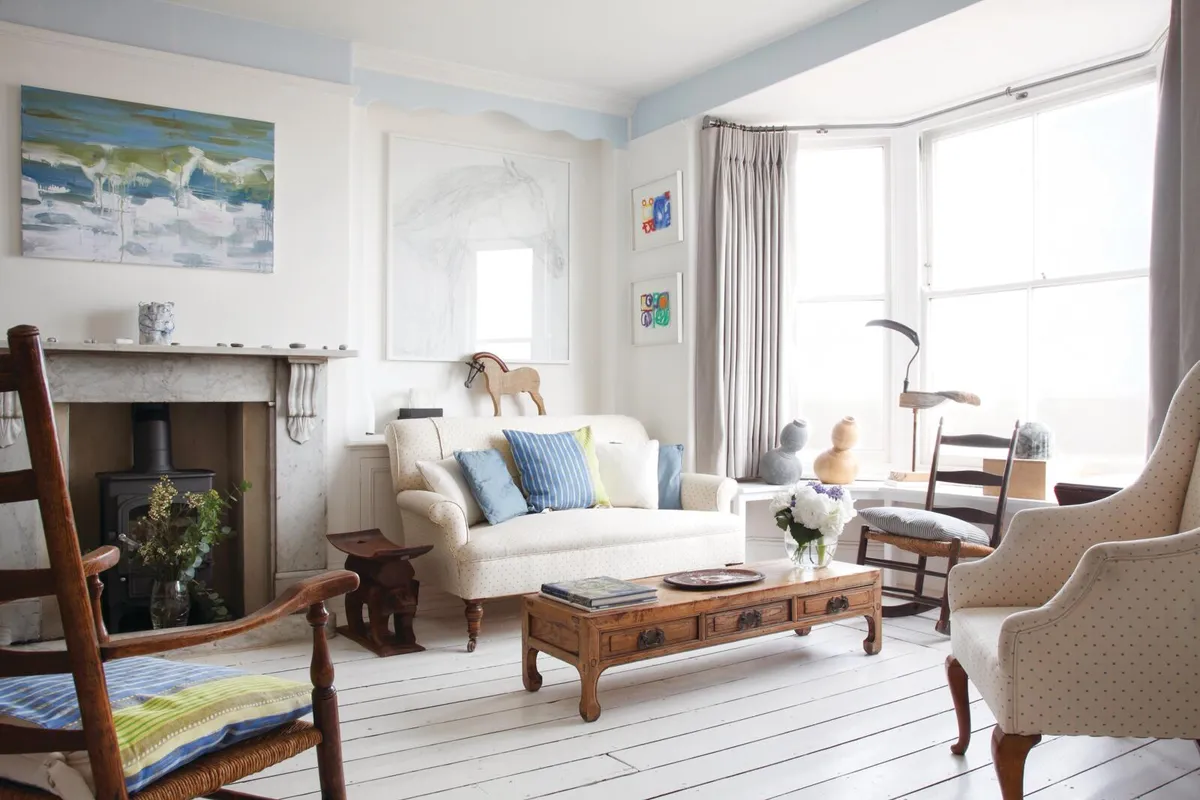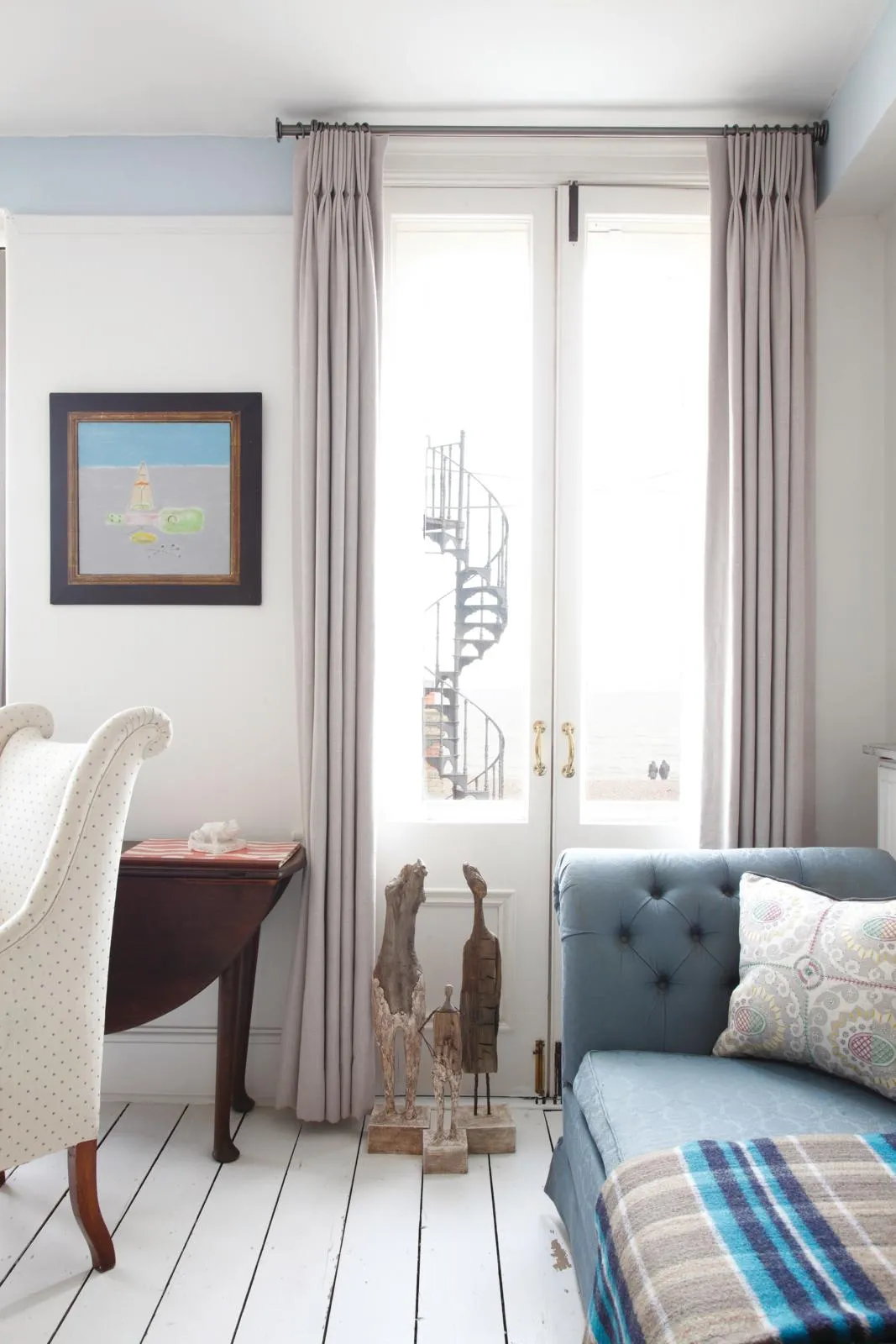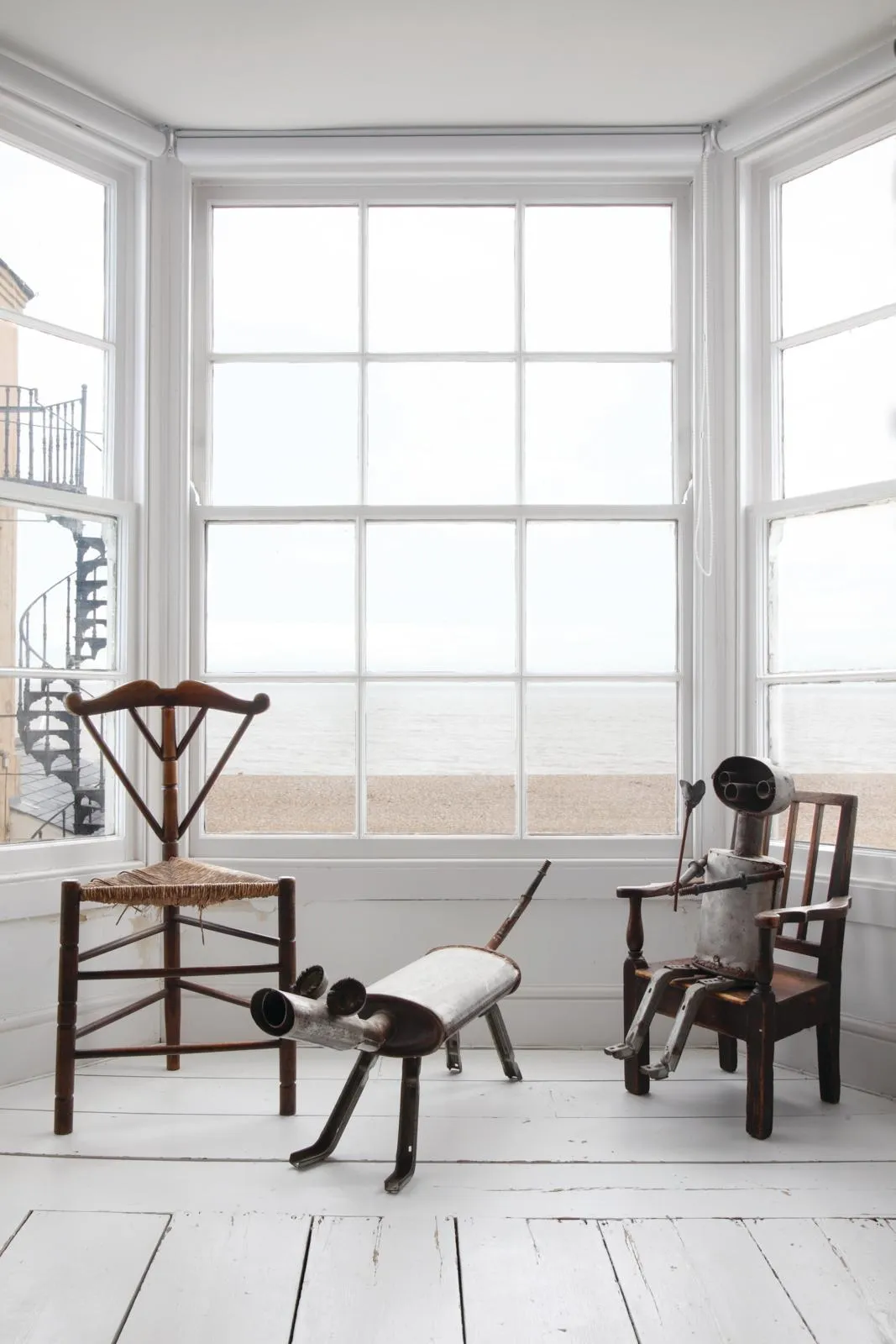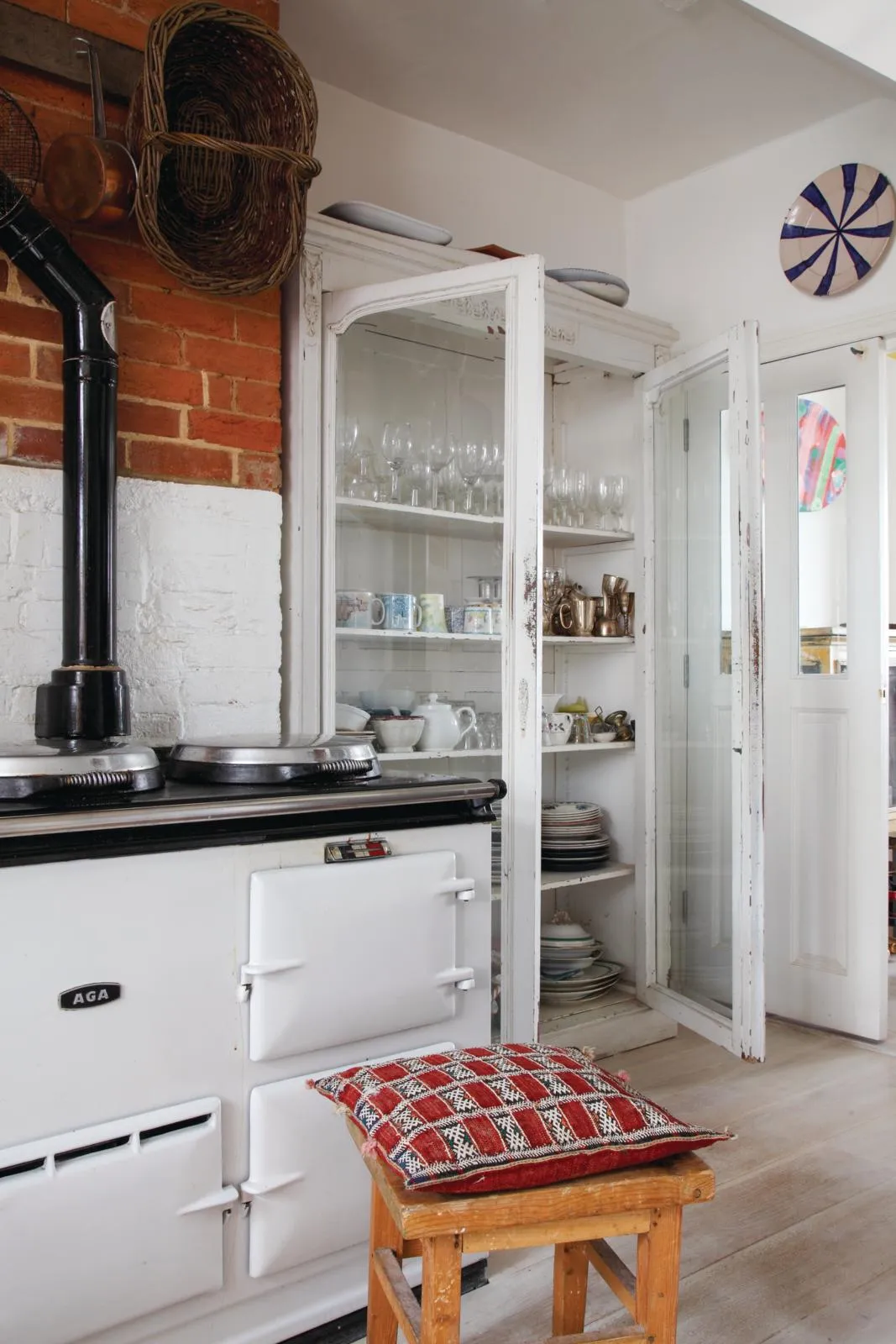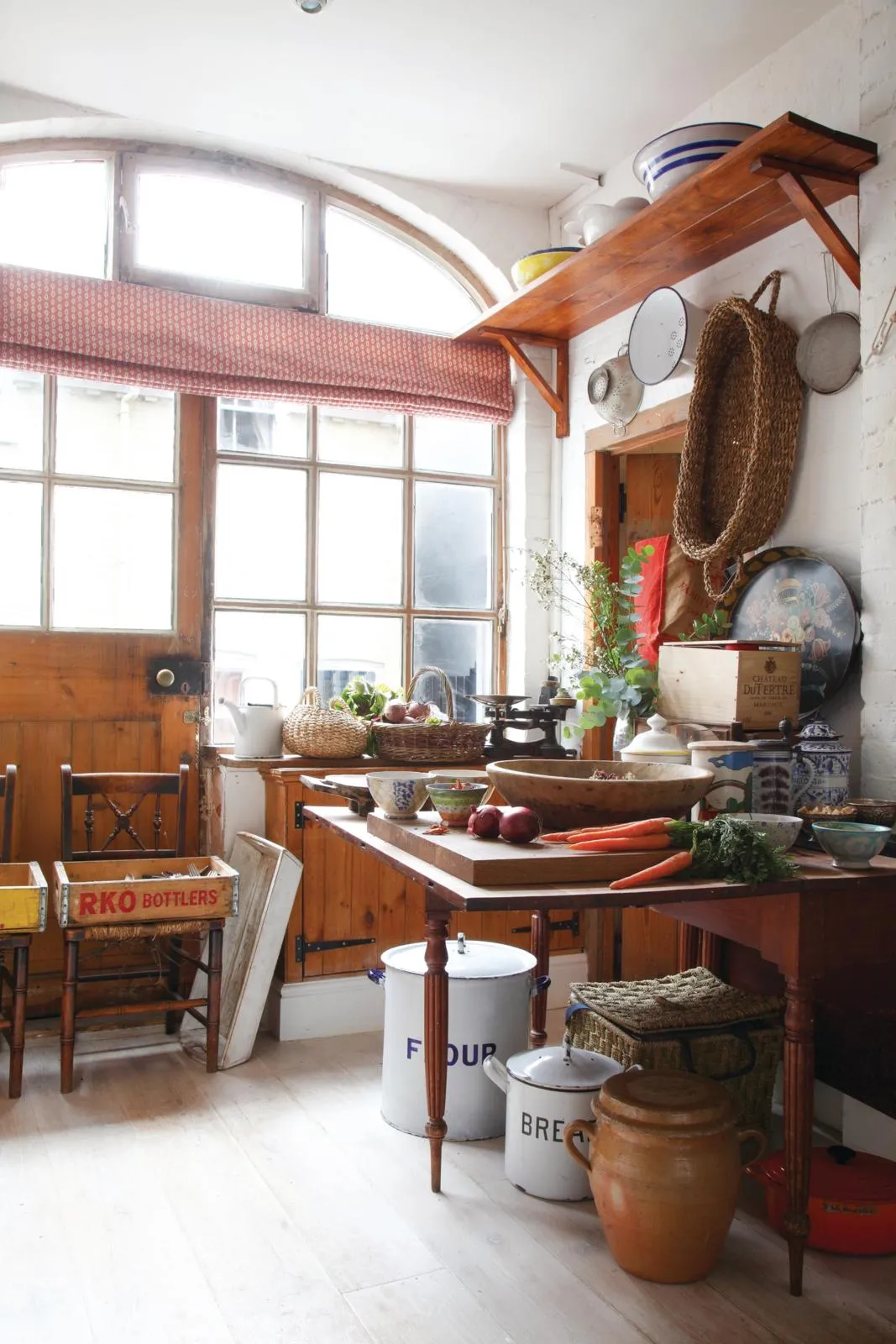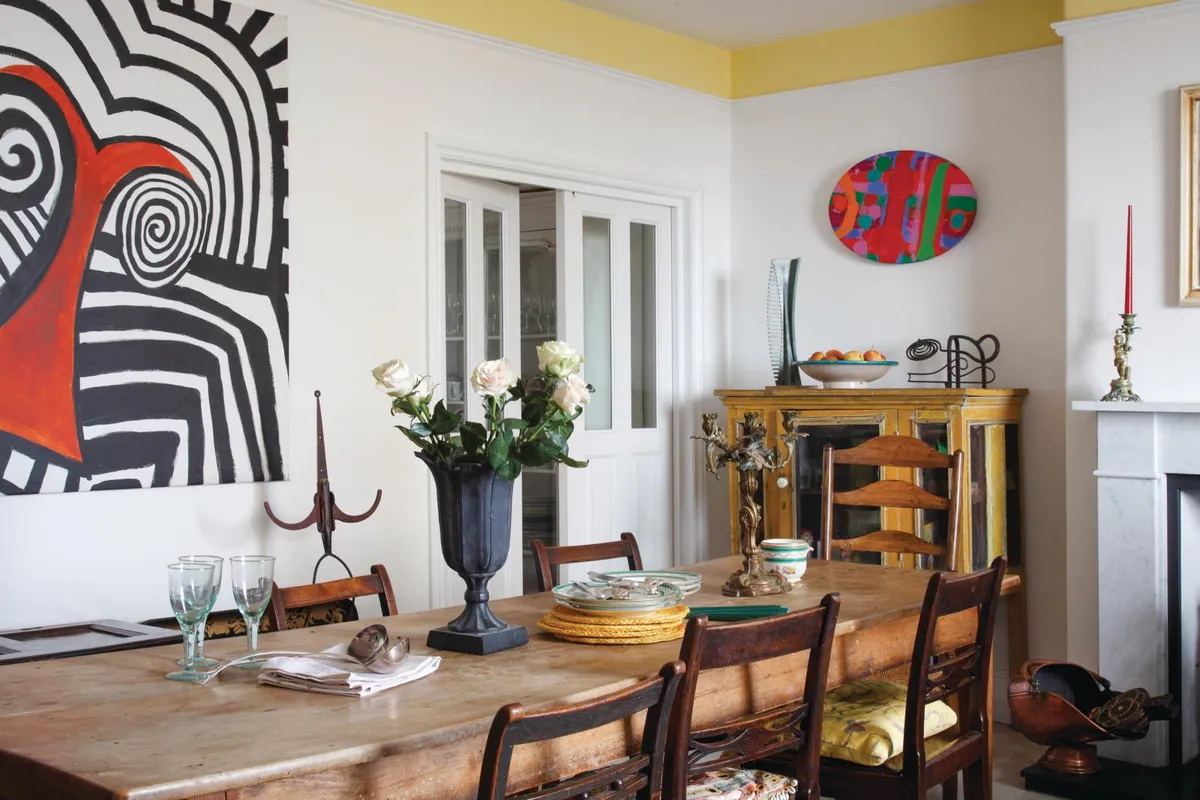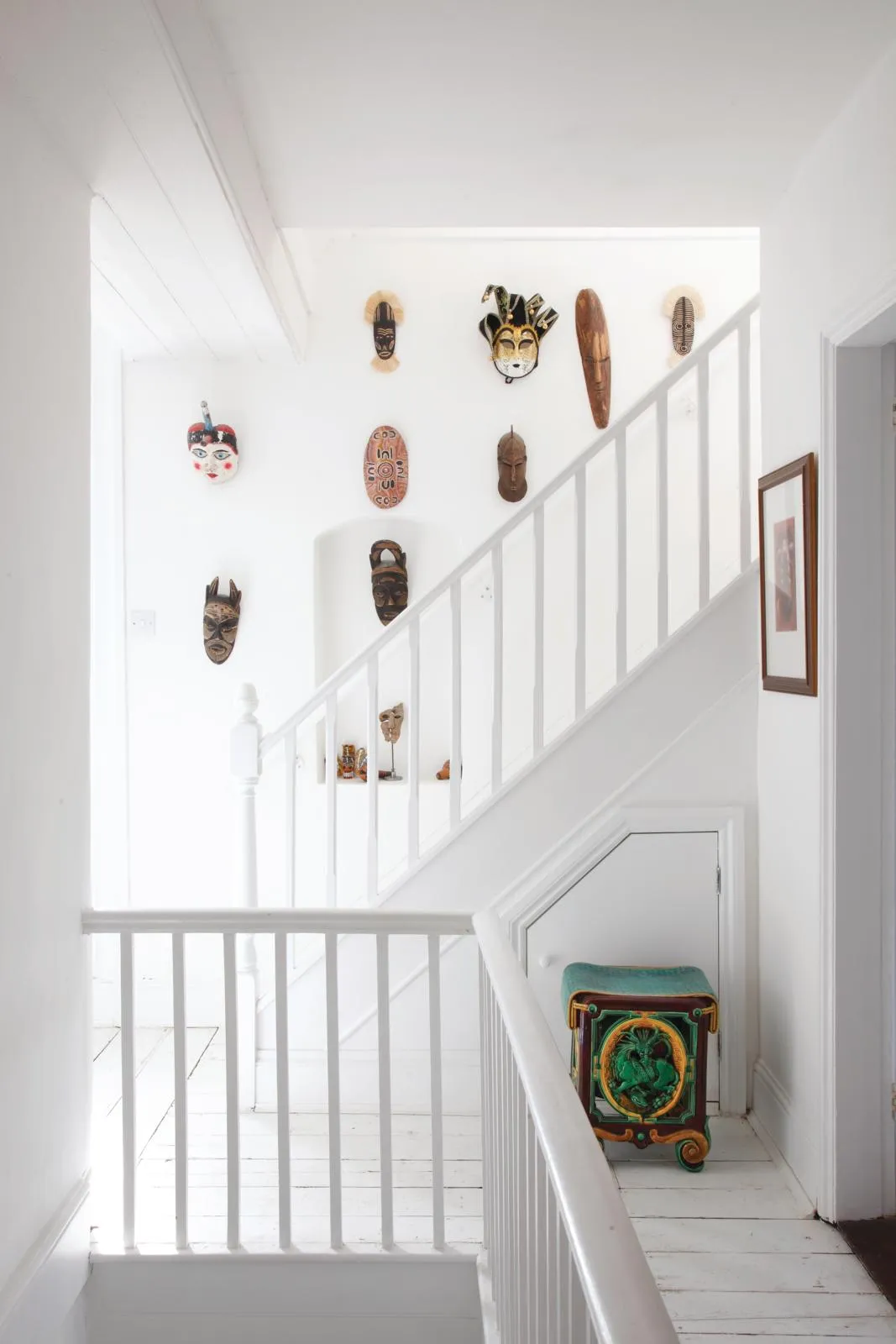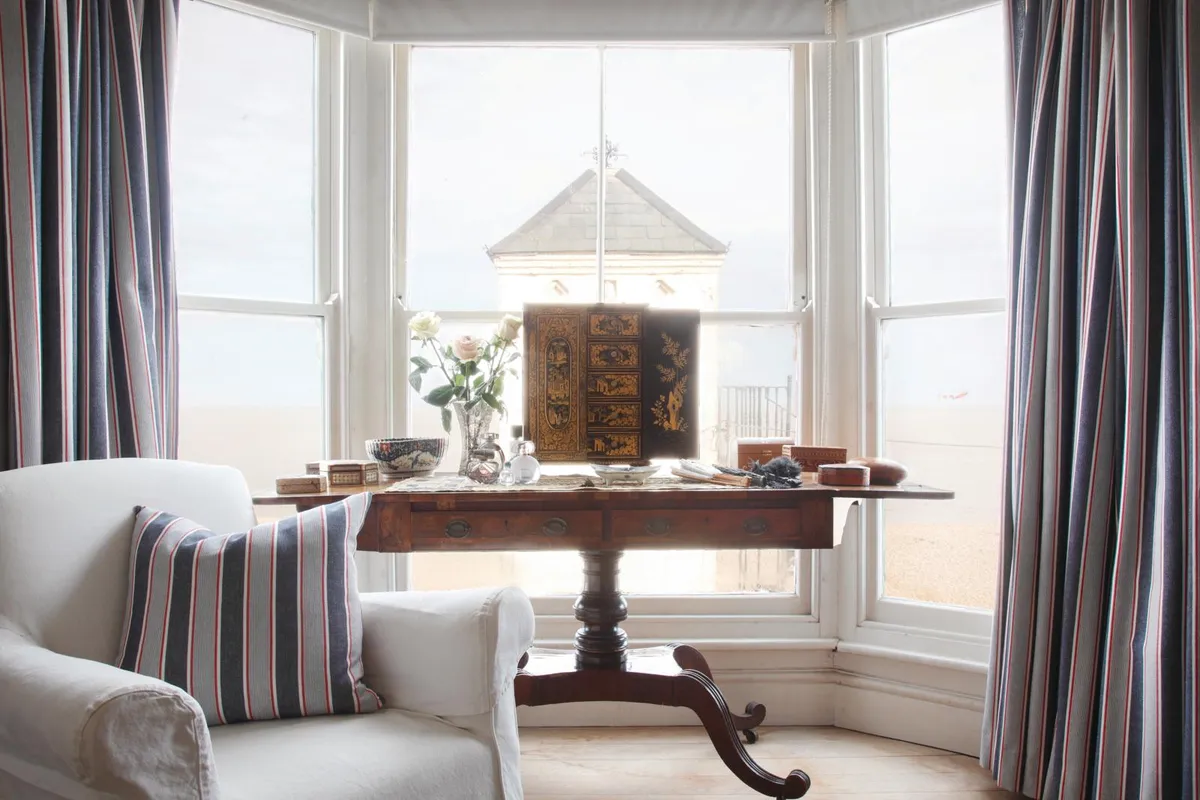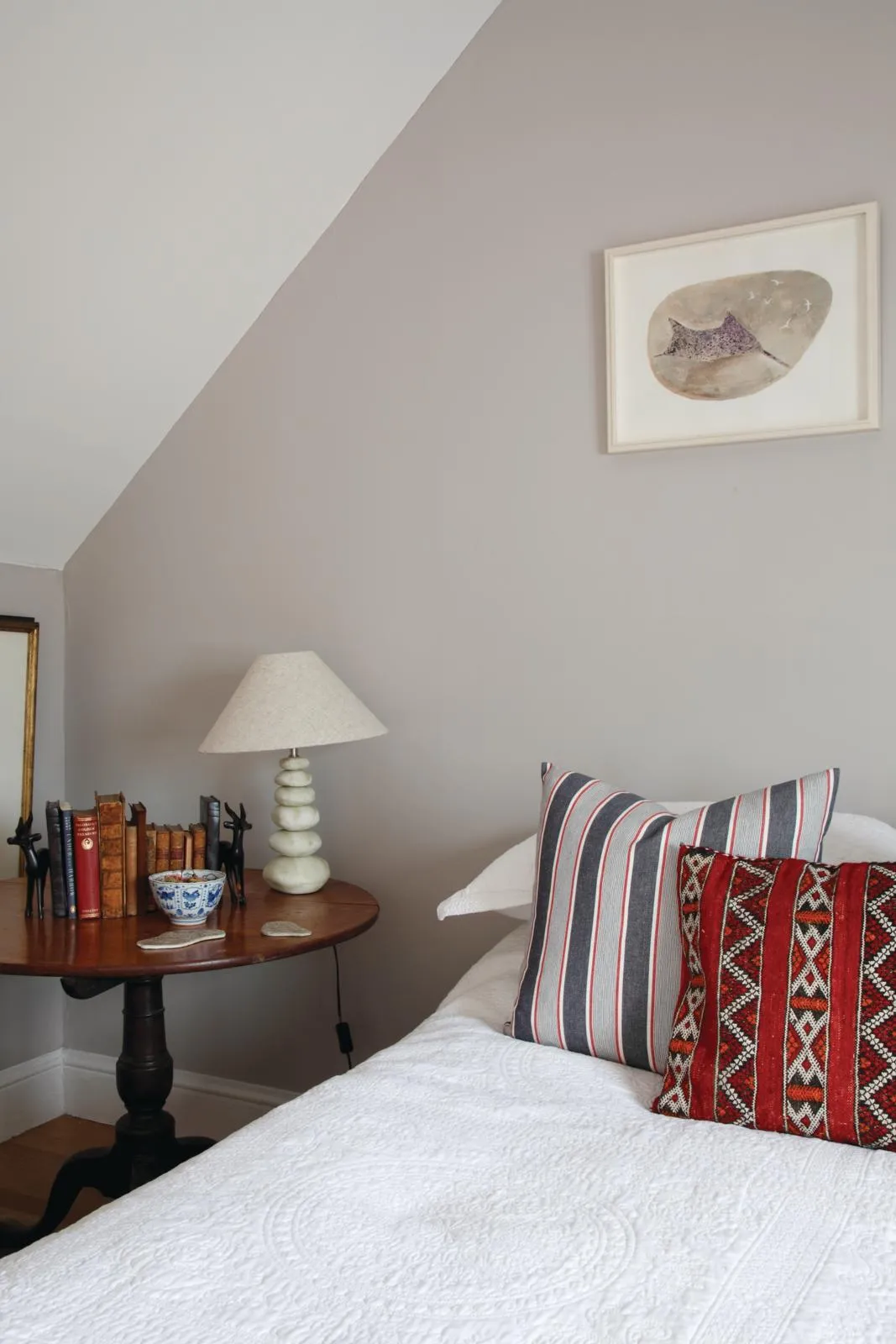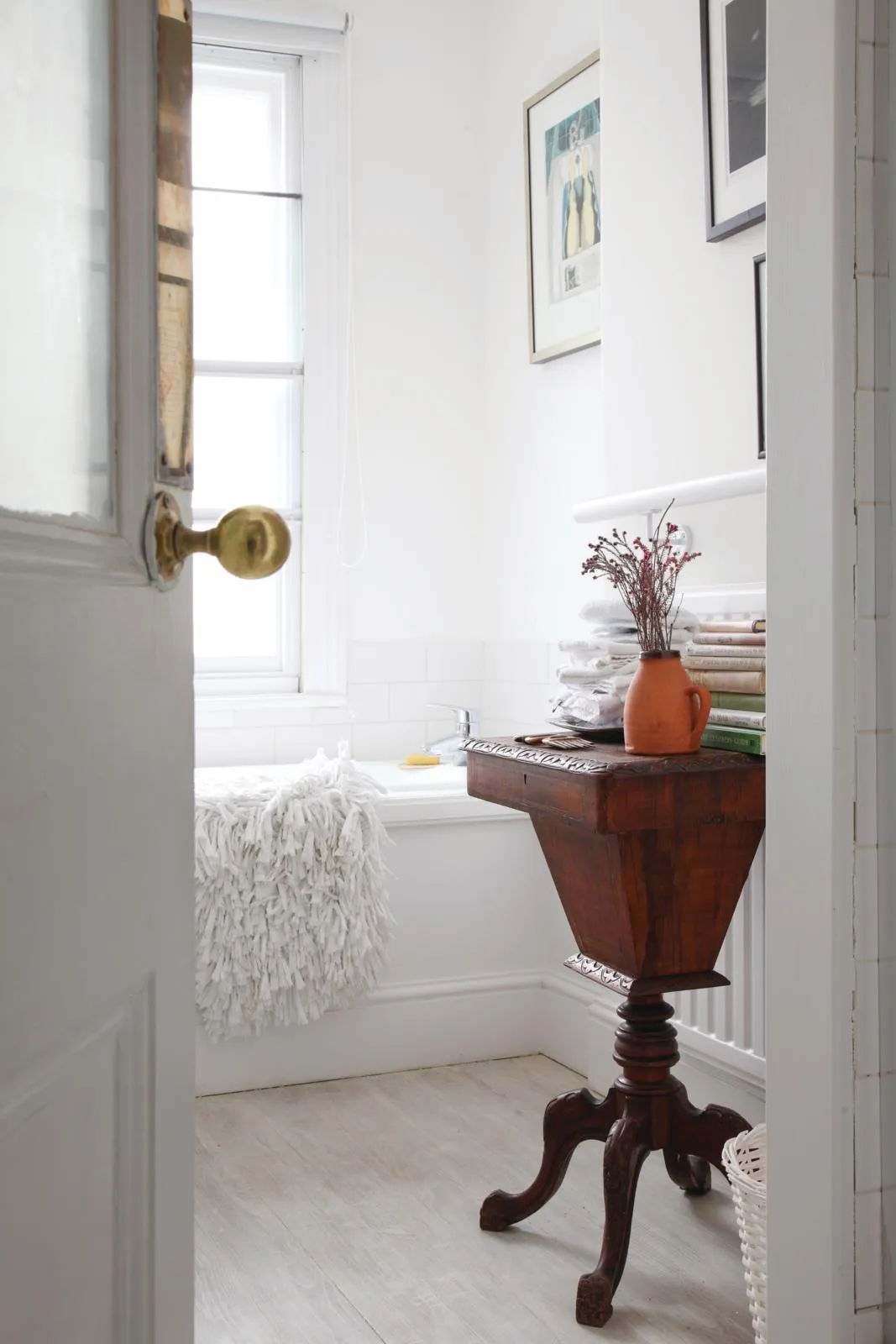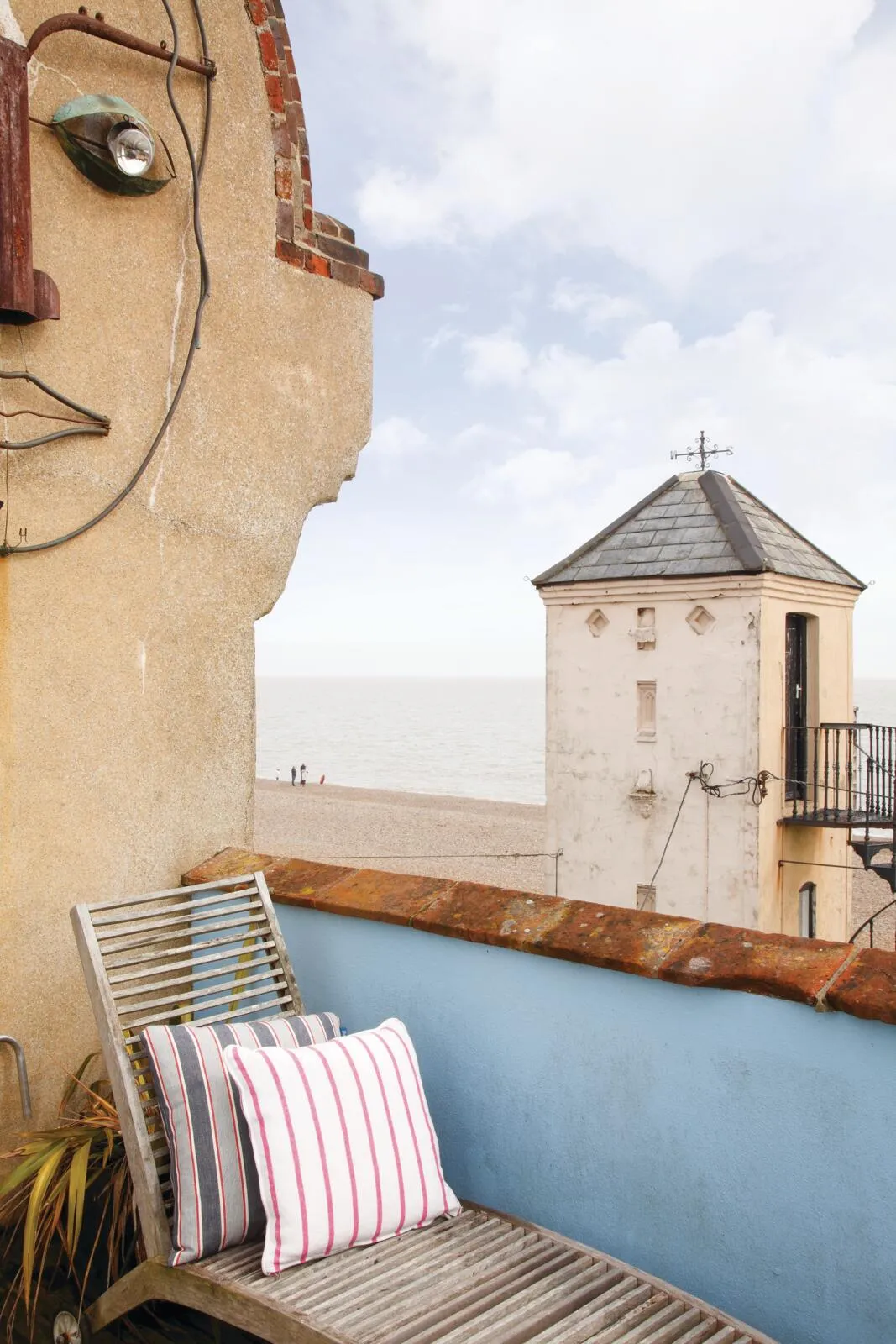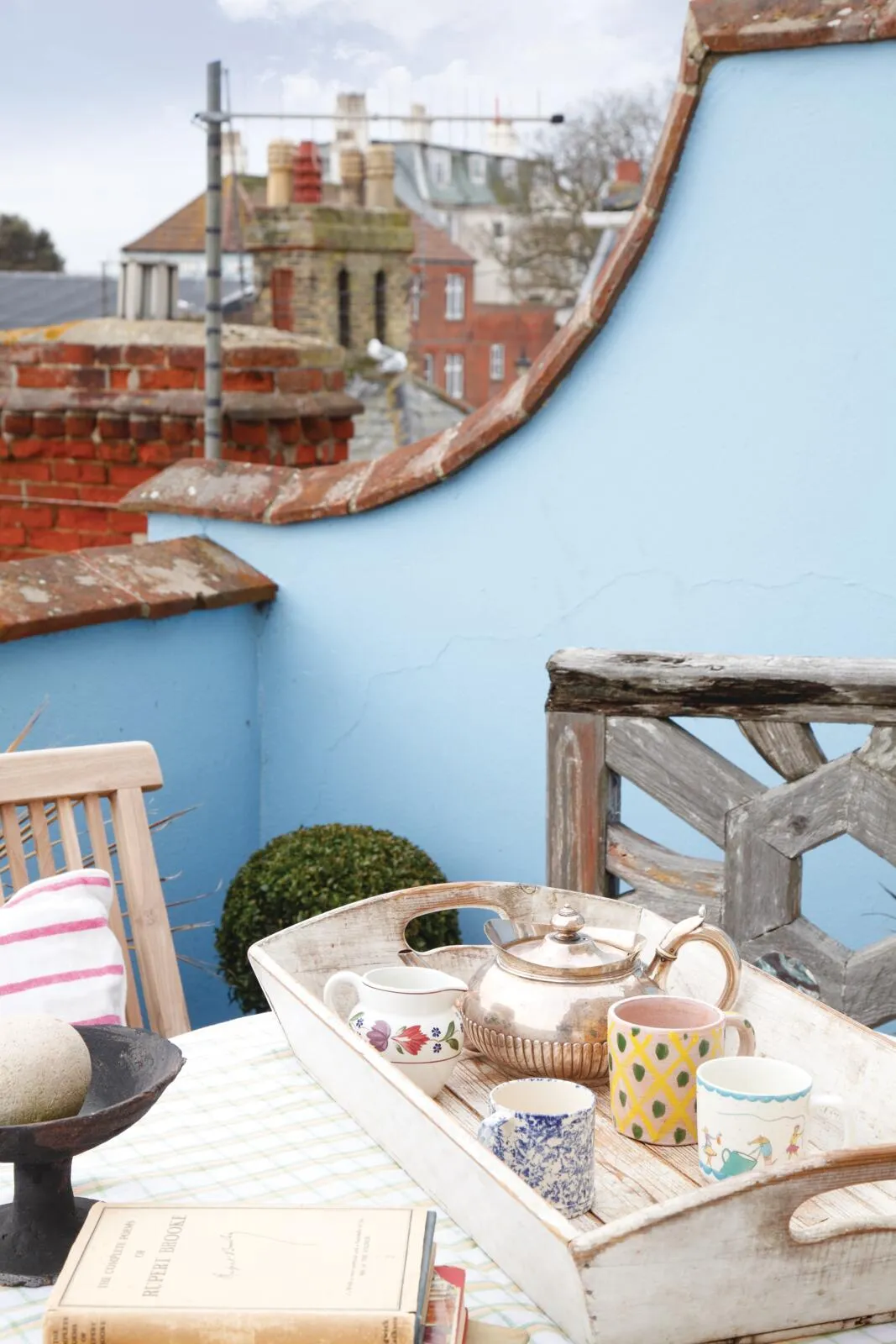Caroline Wiseman was enjoying her morning dip in the sea off Aldeburgh in Suffolk, and admiring the two brick towers that once served as sailors’ lookouts, when she had an epiphany.
‘I noticed a ‘For sale’ sign on the south tower and I fell into a reverie about how it would make a wonderful place for artists to work.’ When the owner suggested that Caroline might also like to buy his 18th-century house, which sits behind the tower, she jettisoned all caution and said yes. ‘I’d been looking for somewhere to buy,’ she says, ‘and this place was unique. I could see it becoming a cultural centre.’
Since setting up her first gallery 30 years ago, at her home in south London, Caroline has always been an advocate of living with the art that she sells. But The Aldeburgh Beach Lookout is no conventional gallery, she explains: ‘It’s a place where artists can come for a week’s residency. We ask them to respond to the setting in innovative ways, be it with dance, film, sculpture or poetry.’ Caroline also invites the participating artists to stay in the pastel-hued house, which she shares with her partner, Francis Carnwath, a former deputy director of the Tate galleries.
Built in the mid 19th century, the tower was used by locals to spot ships in trouble, and later, along with the adjoining boathouse, it was used by fishermen as storage. When Caroline first saw the Lookout, it was a ‘wind-bashed’ yet beguiling space, with a fascinating history.
‘For 30 years, the author Laurens van der Post used the second-floor room for writing,’ says Caroline. The space remains untouched since his time – Caroline has purposely preserved the original feel of the interior, and its vertiginous metal staircase.
You also might like an 18th-century townhouse decorated with old and new
Likewise, she has made very few changes to the main house, apart from knocking through to the cottage next door, which she bought as a ‘job lot’ from the same owner. ‘We took a section of wall out of the first floor to link the sitting room with my office,’ she explains, while on the ground floor, a simple door connects the dining room in one building with the living room in the other.
The interior is spacious and welcoming: the walls and floors are painted white and, with sunshine flooding through the new French windows, it feels like walking into a seaside version of Kettle’s Yard in Cambridge. Throughout the house, heirlooms and antiques, including folkish pieces picked up in America, are mixed with contemporary art, ceramics and sculpture by artists such as Terry Frost and Patrick Heron.
Much of the work is for sale by appointment. ‘Art isn’t a commodity: it’s about stories, the ideas behind the pieces and creating an emotional connection with them. I’ve always believed it’s easier to convey that in a domestic setting.’
One of her favourite spots is the sheltered terrace, dominated by a large face sculpture by Henry Piper (the grandson of John), made from bicycle parts with car lights for eyes – their glint visible from afar. ‘This is my spot for reading, thinking and, what I call, ‘zezzing’,’ says Caroline.
Drawn to Aldeburgh for its cultural atmosphere, she once wrote a play about power in the art world, which made its debut at the Edinburgh festival. It’s no surprise that her exhibitions often concern mind-stretching themes such as the parallels between the way Einstein and Picasso viewed space and time: Picasso through cubism, Einstein in his theory of relativity.
Her next exhibition, which opens at Easter and runs until June, is called ‘Sculpture on the Beach’, and it will include work by Antony Gormley RA, Nigel Hall RA and Peter Randall-Page RA, among others.
You also might like an 18th-century house in West Sussex
A graphic black and white painting in the dining room is a prop from her play. ‘I’d sold an artwork and needed something punchy to fill the gap – this piece does that.’ From here, glass doors lead to the kitchen, where Caroline stripped paint off the walls for a rustic farmhouse effect.
A wide cabinet came from Caroline’s previous home in south London, so too the Aga, which was dismantled and painstakingly reassembled. ‘We’re always entertaining, so it’s ideal for slow-cooking fish we’ve bought on the beach.’ In summer, guests spill into the boathouse, whose flag was created by past artist-in-residence, Ryan Gander.
Many former residents, including Clara Drummond, who won the BP Portrait Award, have gone on to find wider success. Drummond’s striking drawing of a horse hangs in the sitting room, where windows look out onto the tower. ‘We encourage our artists to challenge their practice and experiment,’ says Caroline.
It is a remit that has lured even well-established artists. Tai Shan Schierenberg (another BP prize winner), the Turner Prize nominee Alison Wilding, and Royal Academicians Eileen Cooper, Sir Peter Blake and sculptor Nigel Hall, have all found inspiration in the tower where Van der Post’s room is furnished simply and evocatively with a Suffolk chair, table and candlestick.
Every residency culminates in a show, which is open to all. In summer, Bellinis flow and visitors are asked to write something about the meaning of existence on the pebbles piled on a wooden table outside. ‘We took a gamble when we moved here, but it’s paid off,’ reflects Caroline. ‘It can be bleak in winter, but it’s always beautiful. It’s a place that inspires you to be creative and ambitious.’
